Transylvania has a mythical sound for many. The region, which extends in the west to Hunedoara and in the east through the land of the Szekler, has some of the most famous and beautiful sights in Romania. But this is hardly surprising, because Transylvania is larger than the country of Austria. It was not only Bram Stoker’s novel Dracula that made the region so popular. This is also the heart of the German-speaking settlers in Romania – the Transylvanian Saxons. Following in their footsteps, you can discover the most beautiful things to do in Transylvania, which we would like to present to you here.
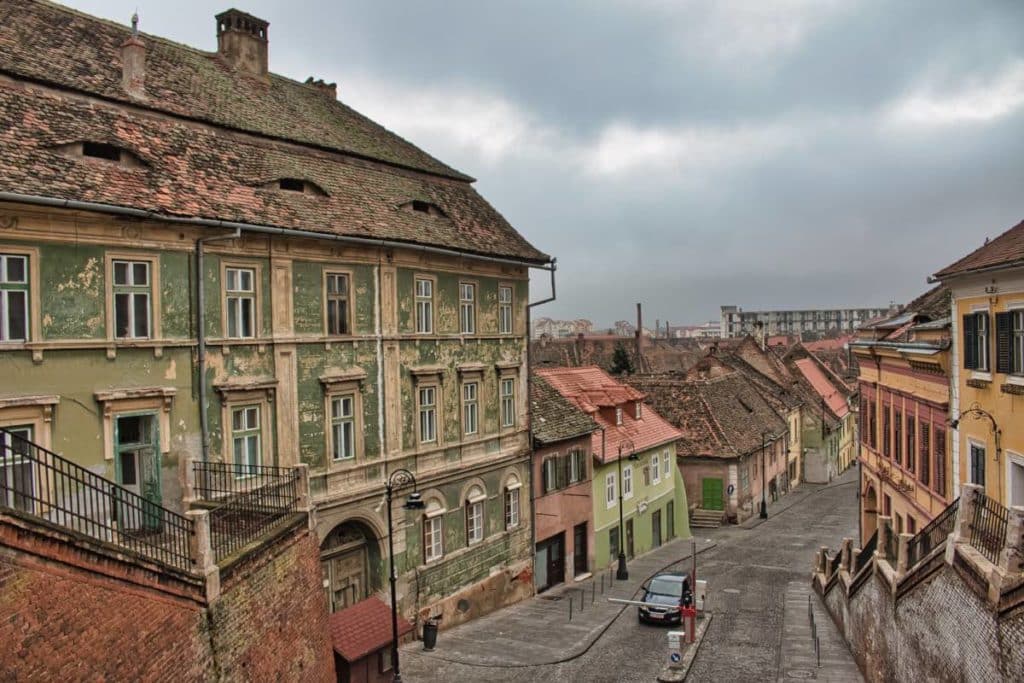
Sibiu
Sibiu, which is called Hermannstadt in German and Nagyszeben in Hungarian, was once the centers of historical Transylvania. And even today it is the city where you can most likely still experience the life of the Transylvanian Saxons up close. In 2007, Sibiu was even the European Capital of Culture, which led to a considerable boom. Today, Sibiu is visited by tourists from all over the world, who especially love the small streets with picturesque houses and the many sights here. The multicultural city has numerous museums, theaters and classical monuments such as churches and palaces. The Astra Open Air Museum shows how people lived in the Transylvania region in past centuries.
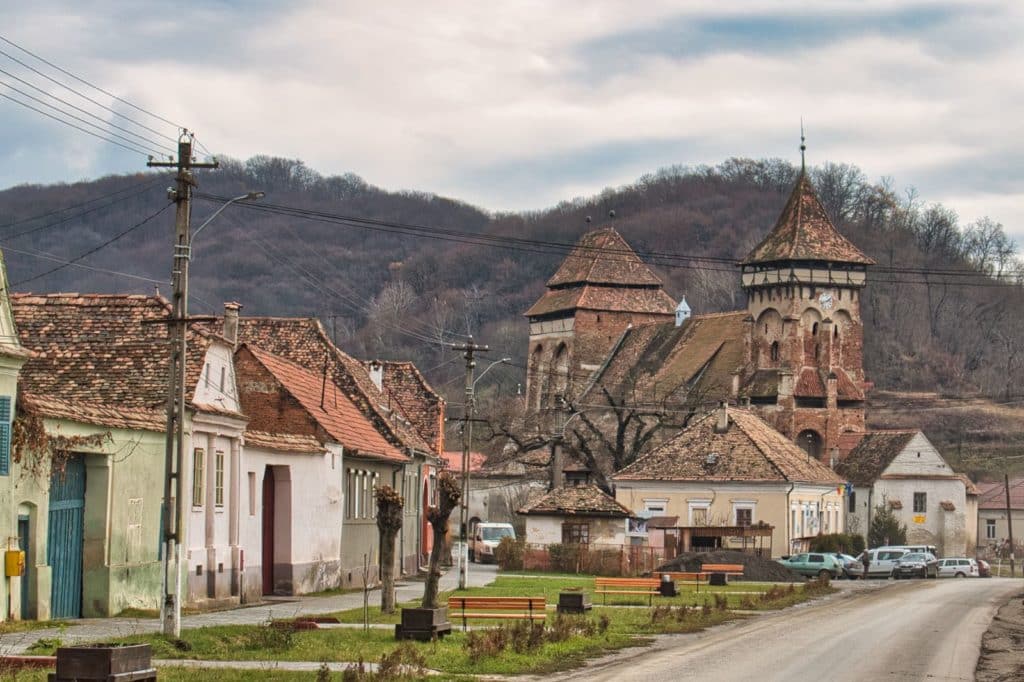
Valea Viilor
Transylvanian Valea Viilor, called Wurmloch in German, is my personal favorite among the villages in Transylvania. The fortified church there was the most beautiful one I saw on my Transylvanian sightseeing trip. It was completed in the 16th century and shows especially nicely how fortified the churches of this region were. Inside you can still see how village life was regulated and how strict the seating order at mass was. From the tower you have a beautiful view of the village with its long village street and the beautiful roofs. An old Saxon, who came back from Germany to his homeland, will gladly guide you through the complex.
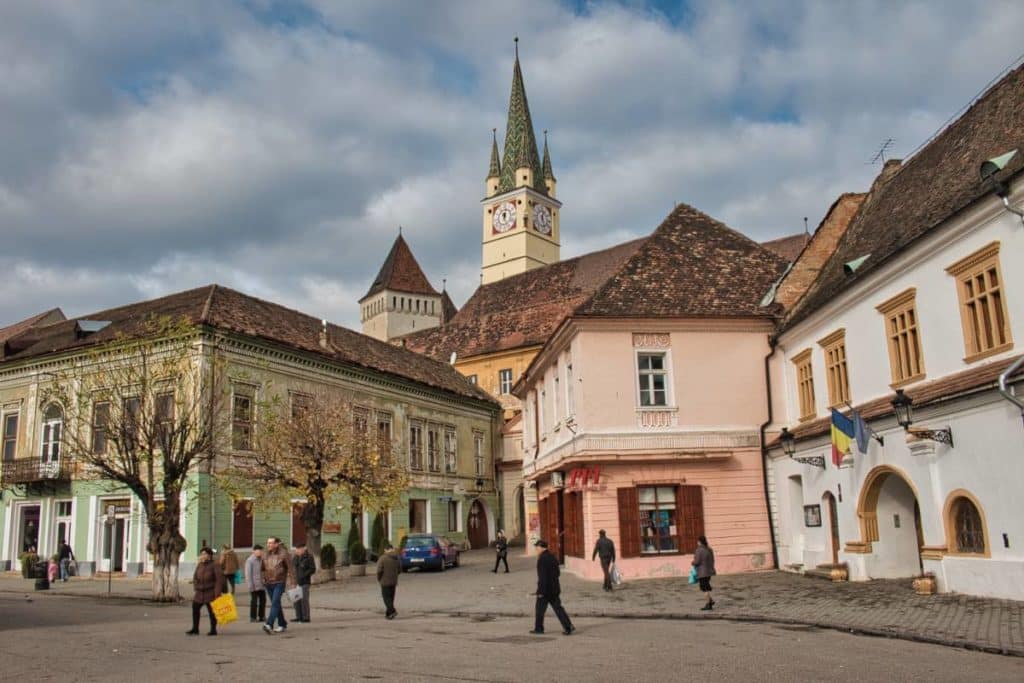
Mediaș
The city of Mediaș is located pretty much in the very center of the Transylvanian region. The history of Mediaș was also dominated by the Transylvanian Saxons for a long time. Today, however, only a few dozen families who speak Transylvanian Saxon still live here. Nevertheless, the city belongs on your plan for your Transylvania visit, because the local Church of St. Margaret is one of the most beautiful in Transylvania and houses an important carpet collection, as well as a magnificent altar from the late Gothic. Here, too, you will receive a friendly welcome from some German-speaking locals. The local synagogue is one of the most beautiful in the region and can also be visited.
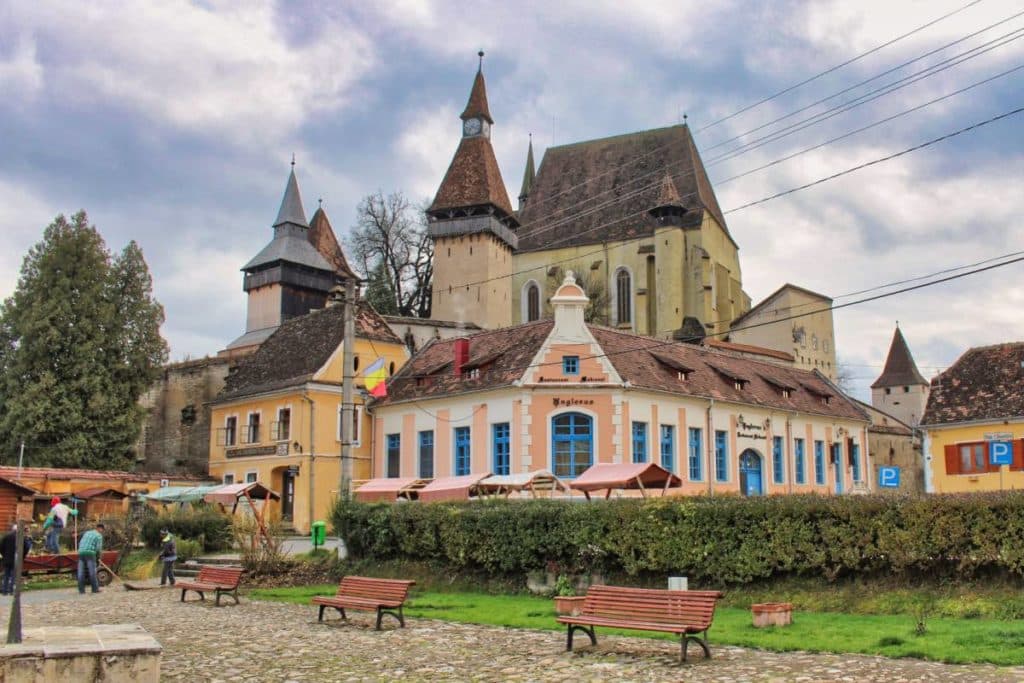
Biertan
Biertan, German Birthälm, also has a real fortress. For here the Saxon bishops had their seat for almost 300 years. This castle is also a UNESCO World Heritage Site. The massive hall church has no tower itself, but it is surrounded by half a dozen towers along the defensive wall. Every year the still living Transylvanian Saxons meet here and celebrate the so-called “Saxon Meeting”. Visiting the fortified church is an absolute must on your trip through Transylvania, and in the local history museum you can also learn about village life in Biertan. At the foot of the castle there is also a very good restaurant where you can taste Romanian and Transylvanian specialties.
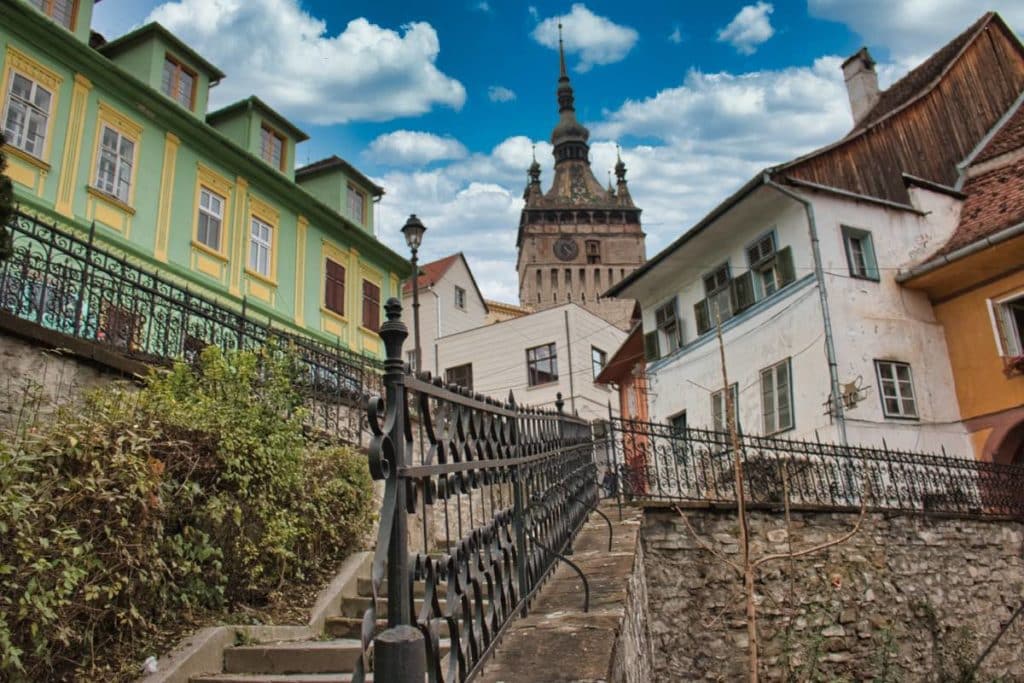
Sighisoara
Sighisoara is also one of the cities that used to be inhabited mainly by Transylvanian Saxons. The historical center of Sighisoara offers you the opportunity to travel back in time and it is always an experience to walk through the streets of the old town. From the Stundturm you have a beautiful view over the alleys of the city. In the city is also the alleged birthplace of Vlad Tepes, who is considered the historical model for the figure of Count Dracula.
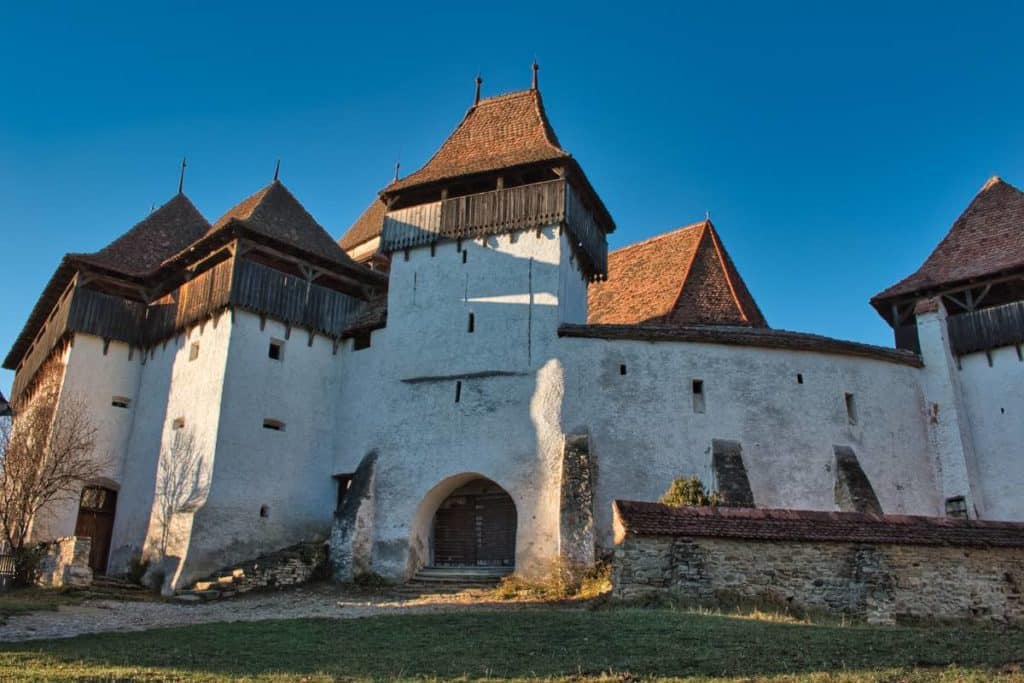
Viscri
The region of Transylvania owes its name primarily to the many fortifications that were intended to protect the Transylvanian Saxons who settled here from attacks by invaders. One of the most impressive fortifications of this kind is the village of Deutsch-Weißkirch, Romanian Viscri. The village is a prime example of village architecture and is dominated by the Viscri fortified church, which is also a UNESCO World Heritage Site in the region. From the fortified church you have a beautiful view of the surroundings.
Also the village itself belongs to the scenery, where until today many people still live on the Saxon farms as they did centuries ago. Unfortunately, only a few, mostly older Saxons live in Viscri today, but they will be happy to tell you something in German about the history of the village in the fortified church. The majority of the village community now consists of Romanians and Roma.
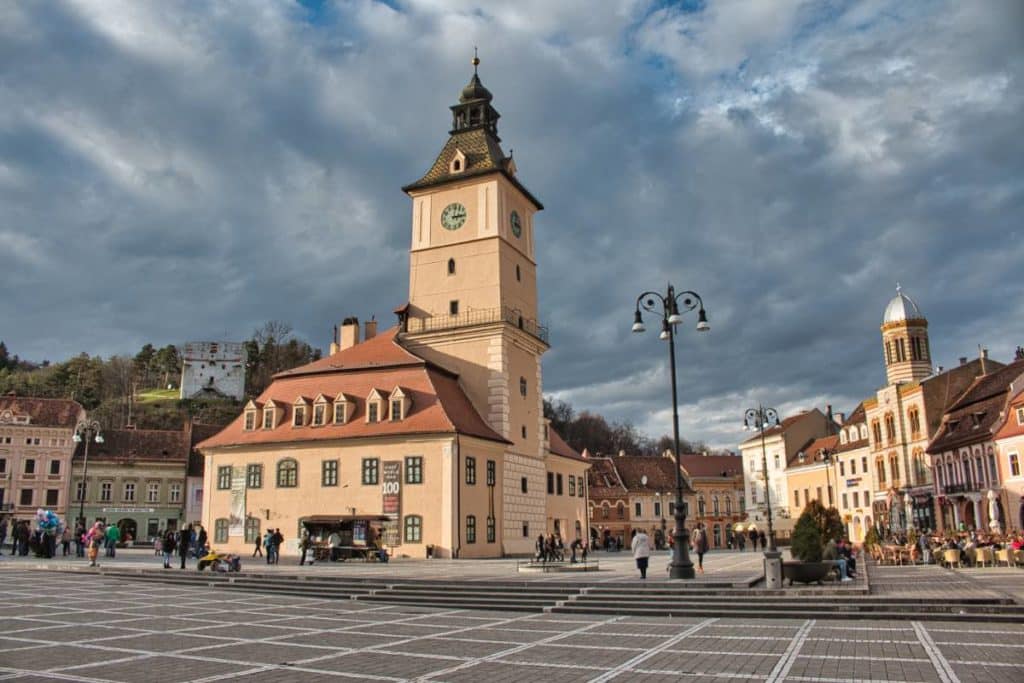
Brasov
Brasov, in German Kronstadt, in Hungarian Brassó, is not just another city in Transylvania, but also has many beautiful things to do in Transylvanian to offer. Besides the medieval buildings, there are many museums that will tell you more about the heyday of this trading town. You can also learn about the former Jewish life in Brasov in the magnificent synagogues. The most beautiful view is from Mount Tâmpa, which is emblazoned with the lettering Brasov in the style of the Hollywood sign. You can easily get to the top of Mount Tâmpa by a cable car.
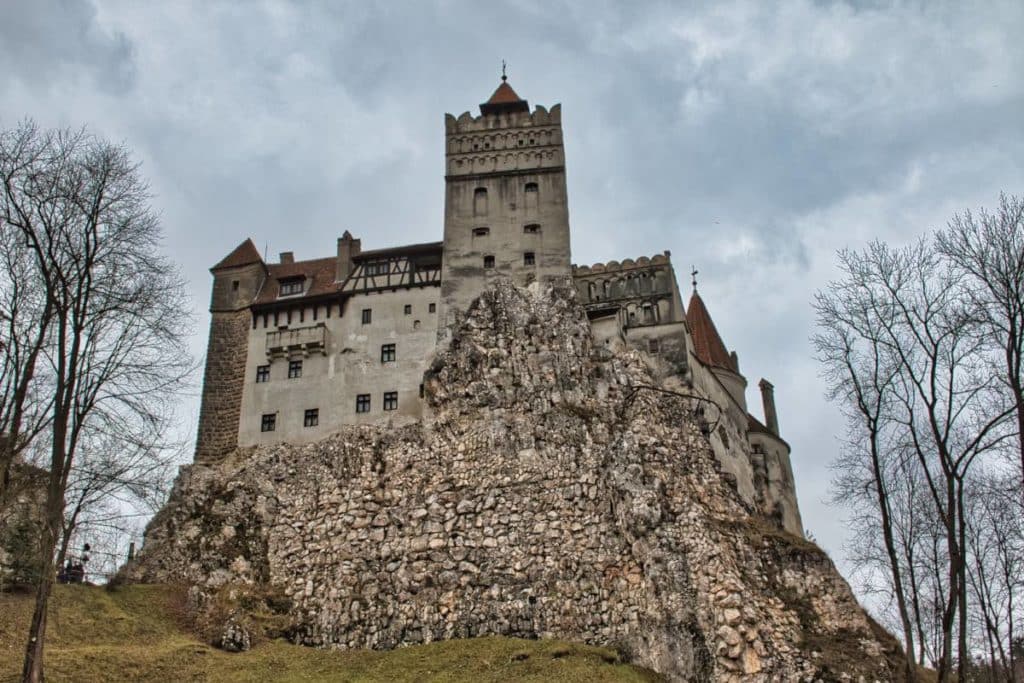
Dracula Castle Bran
Not far from Brașov is also the supposed castle of Count Dracula. This magnificent castle stands on a hill in Bran. The fact that the historical figure of Dracula never lived here is not important. However, it is quite possible to live with the myth, because every year hundreds of thousands of tourists come to the small town for this reason. But even if the legend is fiction, the visit to the castle from the 13th century is still worthwhile. You can see how the lords of the castle lived here quite splendidly in the Middle Ages. This is one of the reasons why Bran Castle is one of the most beautiful Transylvanian sights.
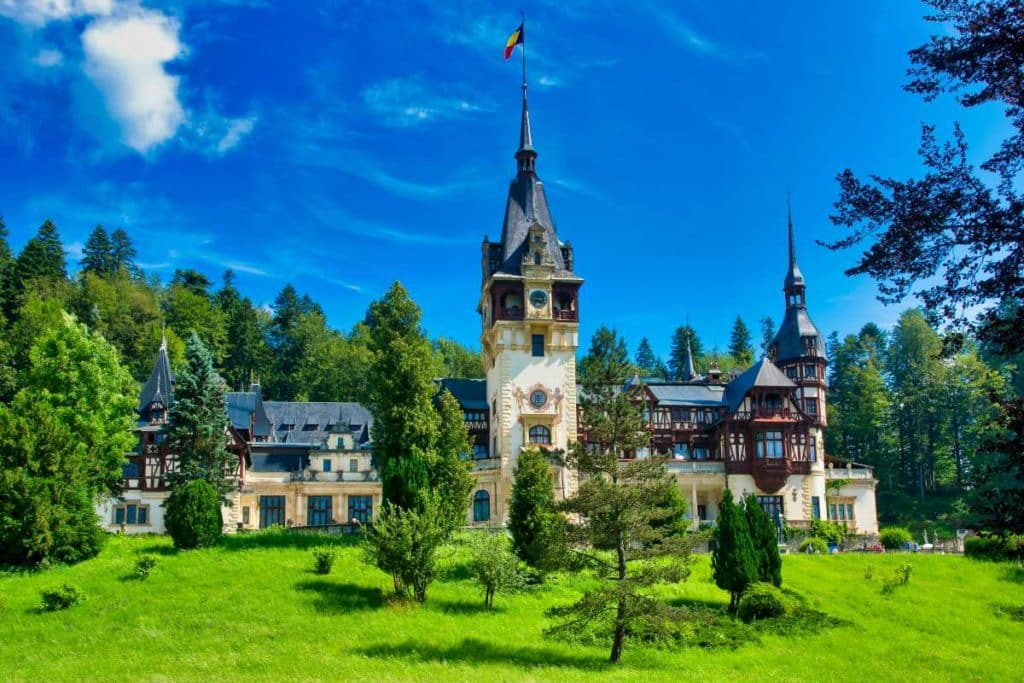
Peleș Castle
South of the city of Brasov and not far from Bran stands another impressive fairy-tale castle, which looks quite different from Bran Castle and was built in the neo-Renaissance style. The magnificent Peleș Castle was built in the 19th century by Austrian and German architects for the Romanian king Carol I. After being transferred back to the original Romanian royal family, the castle has already served as a backdrop for numerous film productions, and for visitors to the region, it belongs on the list of Transylvanian sights you definitely shouldn’t miss. Just 300 meters up the slope is Pelișor Castle, also known as Little Peleș.
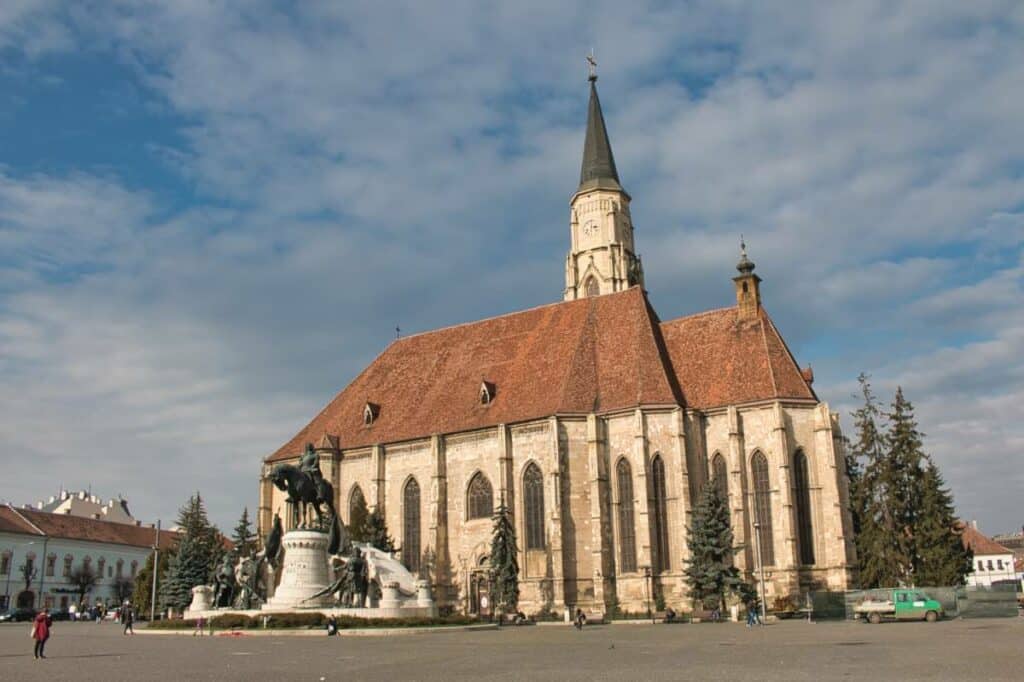
Cluj-Napoca
Cluj-Napoca is not only the second largest city in Romania – albeit at a considerable distance from Bucharest. It is also one of the trendiest cities, with new bars opening all the time and a lively atmosphere due to the many students in the city. There is a larger Hungarian minority in the city, which has its own universities, schools and other institutions. The famous Hungarian king Matthias Corvin was also born in the city. In the Pharmacy Museum you can learn more about the art of medieval alchemists. The forest of Hoia, which belongs to the city, is also said to be haunted. We have already written about this in our article on Romania’s curious sights.
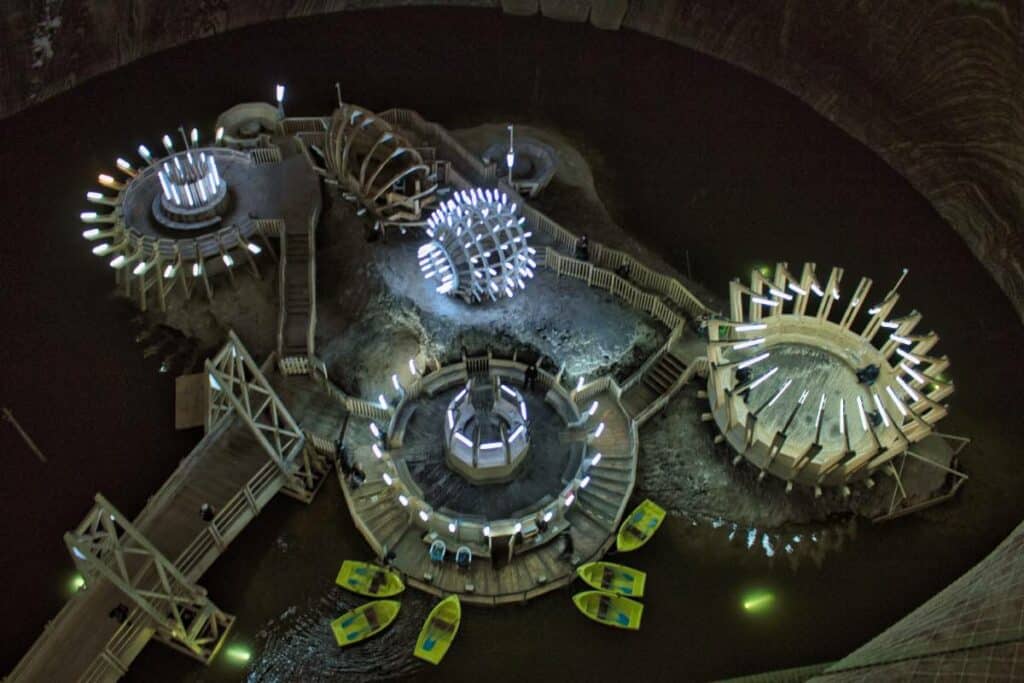
Turda Salt Mine
In the northwest of the country there is one of the oldest salt mines in Transylvania. Salt was mined here in ancient times, when it was one of the most expensive commodities. However, the present mine dates back to the 17th century, when the Habsburgs wielded the scepter in the region. When other mines began to produce higher quality salt, work here was gradually stopped. In the meantime, the Turda salt mine has become a tourist attraction, as EU funds have even been used to set up an underground amusement park here. Here you can ride the Ferris wheel underground, go boating, listen to a concert or play a game of bowling.
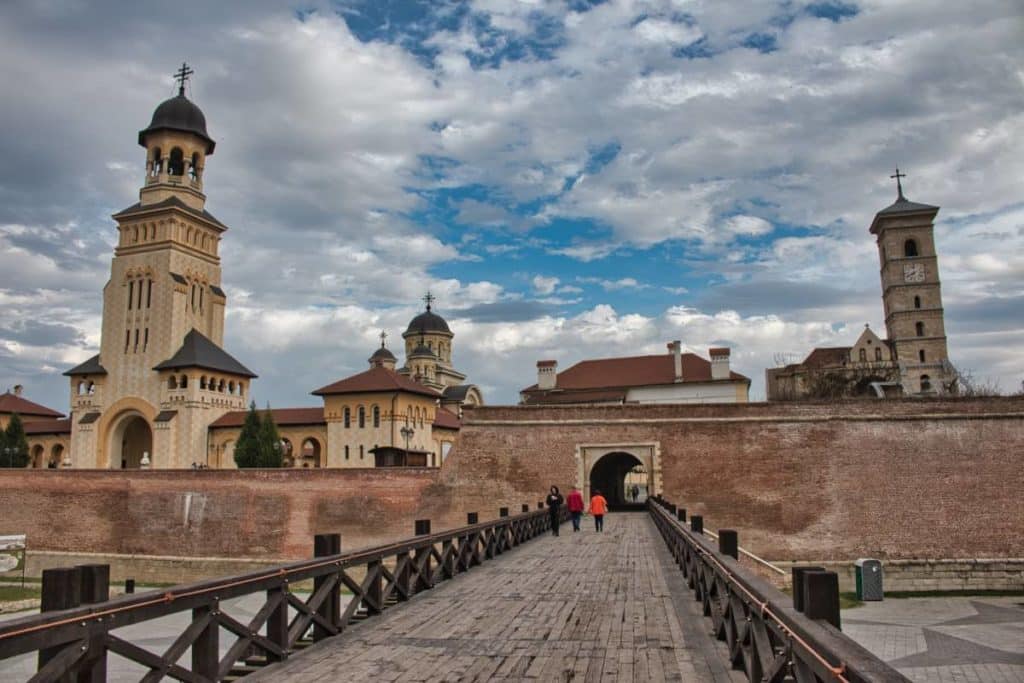
Alba Iulia
Alba Iulia was a fortified city in the time of the Hungarian kingdom and was accordingly strongly developed. The walls of the citadel have been preserved and are today one of the most beautiful sights in western Transylvania. For the Romanians the place is also significant, because here for the first time a union of all Romanian lands was proclaimed in 1918, from which then the state of Romania was formed.
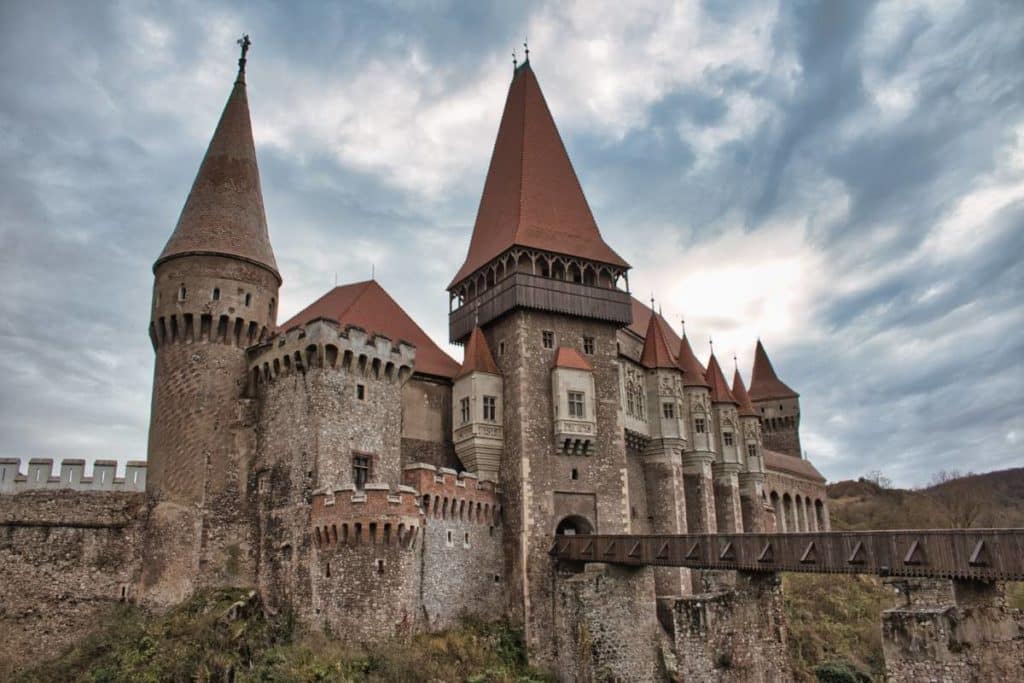
Hunedoara Castle
The town of Hunedoara itself is rather inconspicuous for Transylvania. Therefore, the place can consider itself lucky to have one of the most beautiful Transylvanian sights, even one of the most beautiful sights in Romania, with the local castle, which is mainly attributed to the Hungarian king Matthias Corvin. The bridge to the gate of the castle advertises the country on countless Romania travel guides. Also known as the Black Castle, it was built in the 14th century. This is also where the historical Count Dracula took shelter for a time during his flight from Ottoman troops. Inside the castle, much of the historical layout is still preserved and you will definitely get a good dose of the Middle Ages here!
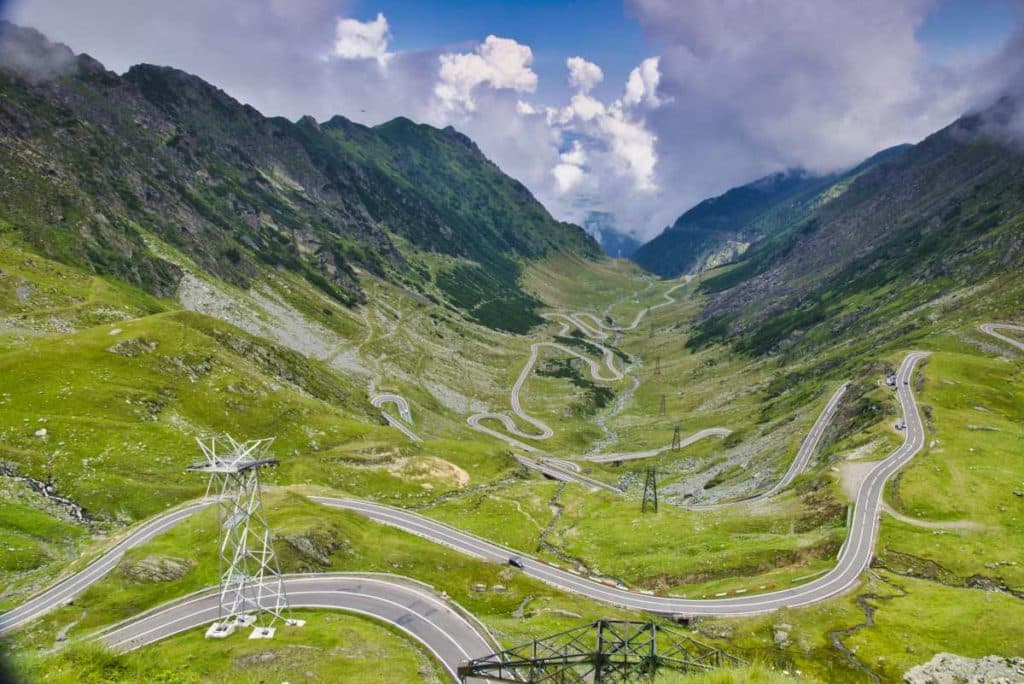
Transfăgărăşan
“The way is the goal” is the motto for a trip along the Transfăgărășan High Road. The spectacular route in the Făgăraș Mountains forms the link between the Argeș Valley in Wallachia with the Olt Valley in Transylvania. It is over 100 kilometers long and much more than just a normal road. On the road, which partly consists of serpentines, you will pass old hydroelectric power plants and idyllic mountain lakes and sometimes you can only see a few meters away, because the road partly runs at an altitude of over 2000 meters, which has also earned the Transfăgărășan the nickname “road in the clouds”. It is regularly ranked in travel magazines as one of the most beautiful roads in the world.
Târgu Mureș
As one of the centers of Hungarian Transylvania, the town of Târgu Mureș. which the Hungarians call Marosvásárhely and the Saxons Neumarkt am Mieresch. The population is roughly divided between Romanians and Hungarians. The grandiose Palace of Culture of the city, built in 1910, is one of the most beautiful buildings in Transylvania. There are important galleries for both Romanian and Hungarian culture, and the beautiful stained glass windows of the concert hall were created in the studio of the artist Róth Miksa. The town hall is also unique and the city’s imposing synagogue alone justifies a visit.
Lake Saint Anne
Lake Saint Anne (Lacul Sfânta Ana) is a naturally formed lake of a volcanic crater. However, the water is almost free of minerals and is almost in the quality of distilled water.
Bicaz Gorge
It is considered the border between the regions of Transylvania and Moldova – the Bicaz Gorge. It was formed over millions of years by the waters of the Bicaz River and today serves not only as a pilgrimage site for many climbing enthusiasts. The road through the gorge is one of the most beautiful roads in Romania and with its steep rock faces is often used as a photo motif. In the gorge is also the so-called Red Lake (Lacul Roşu), where you can relax and recover from your trip to the most beautiful Transylvanian sights.
Transylvania Sights – These are our Romania book tips
You want to travel to Romania or get to know the country through literature? Then our book tips are just right for you!
- Birgitta Gabriela Hannover Moser (Author)
Transylvania is an incredibly diverse part of Romania and here alone you can spend several weeks of vacation. If you are planning a trip only to Transylvania, the Bradt Travel Guide from is highly recommended.
This classic tour guide presents Romania and neighbouring Bulgaria in all its variety.
- Remus, Joscha (Author)
This well written books tells you everything you need to know about Romania’s troubled history.
- Remus, Joscha (Author)
Who was the real Count Dracula? This book tells you what he was really like!

